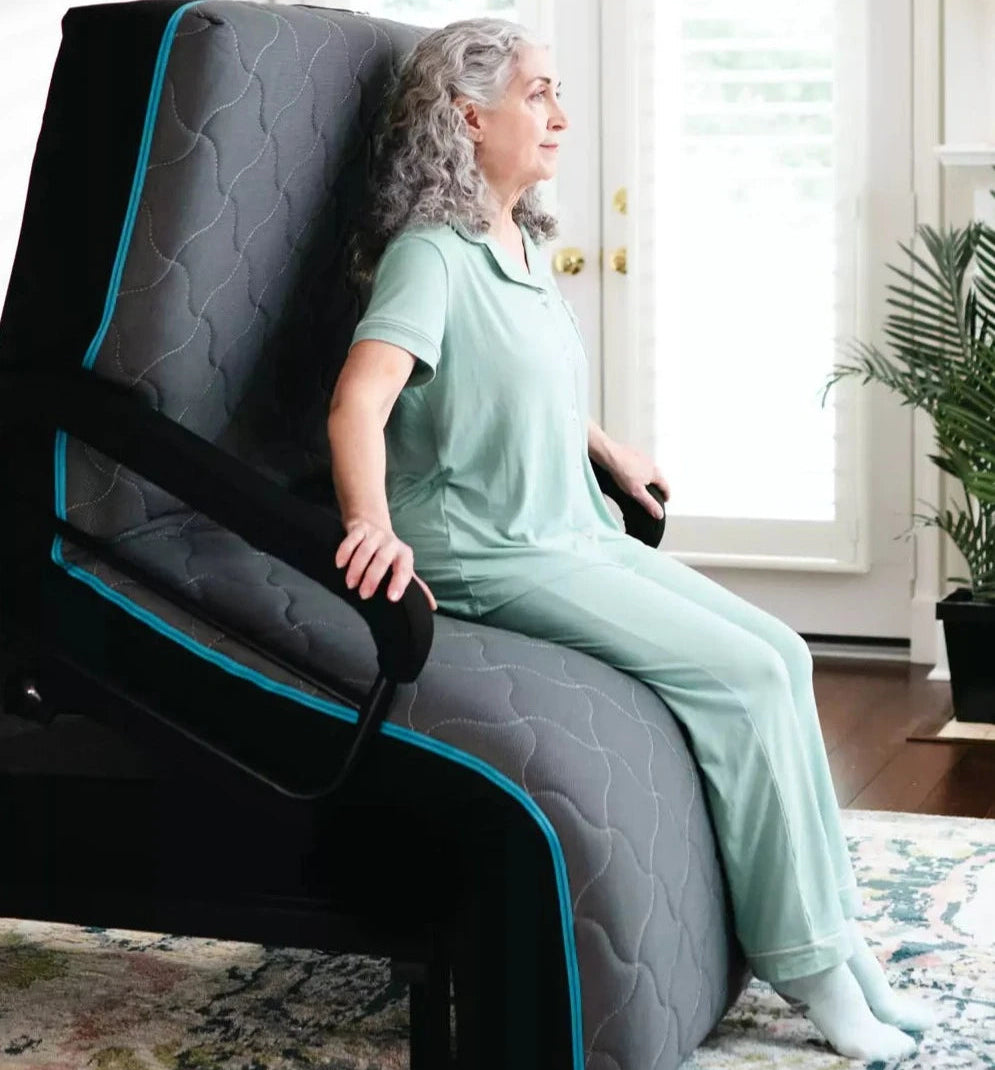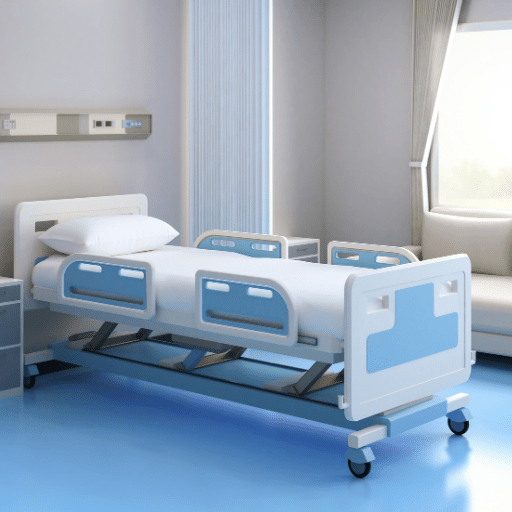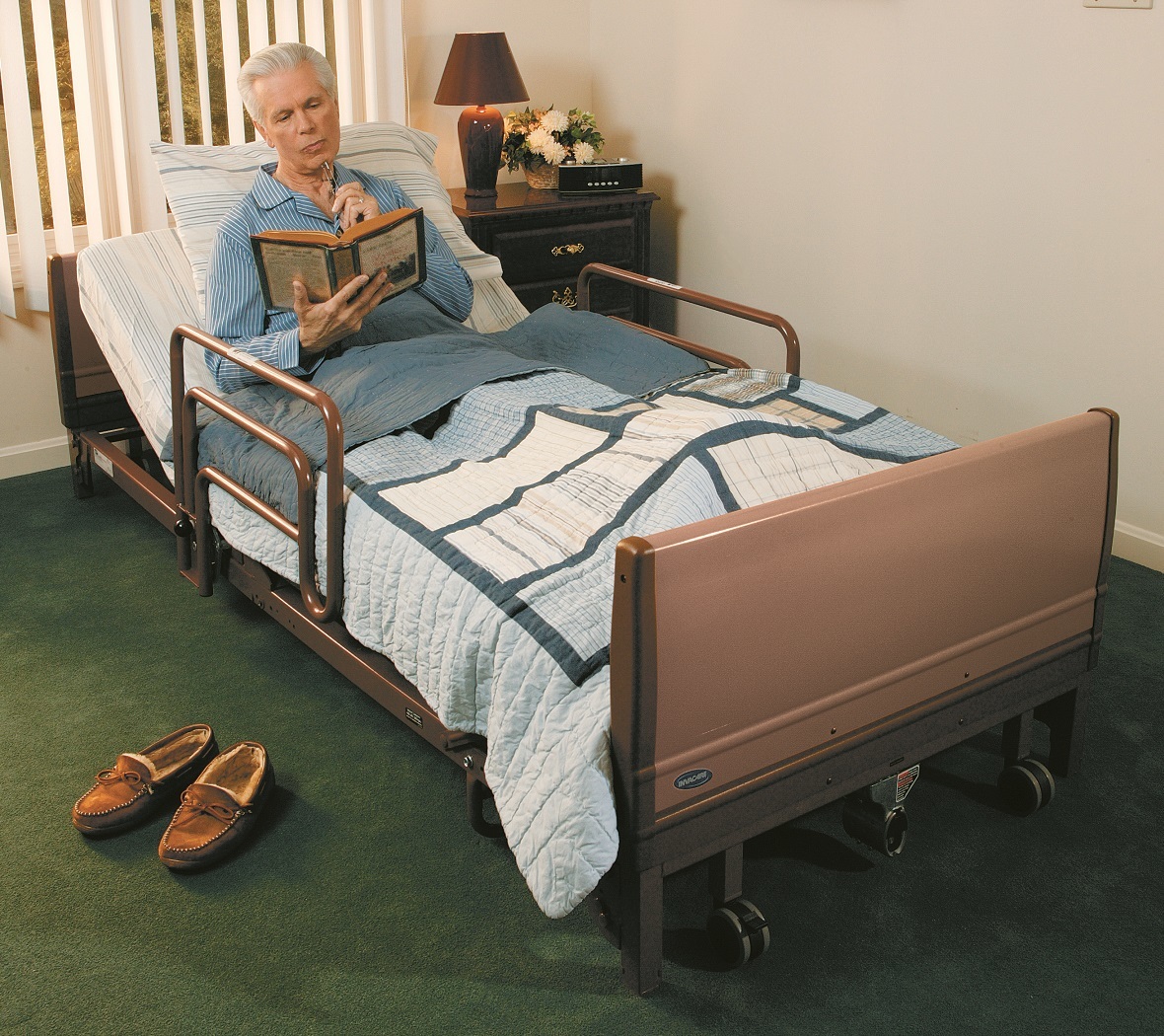All about Hospital Beds For Home Use
All about Hospital Beds For Home Use
Blog Article
Little Known Questions About Hospital Beds For Home Use.
Table of ContentsGetting My Hospital Beds For Home Use To WorkThe Only Guide to Hospital Beds For Home UseSome Of Hospital Beds For Home Use3 Easy Facts About Hospital Beds For Home Use DescribedThe Single Strategy To Use For Hospital Beds For Home UseUnknown Facts About Hospital Beds For Home Use6 Easy Facts About Hospital Beds For Home Use Described
There are three primary types of healthcare facility beds: guidebook, semi-electric, and fully-electric. These beds make use of hand cranks to adjust the bed's height and elevate and reduce the head and the foot.
Semi-electric beds have an electrical motor to increase and decrease the head and foot portions of the bed (hospital beds for home use). Full-electric beds have an electrical motor that can raise the head and foot sections of the bed as well as the entire elevation and positioning of the bed.
The Single Strategy To Use For Hospital Beds For Home Use
Some versions can also move right into more placements, such as the Trendelenburg (tilt) position. There are numerous sorts of healthcare facility beds, each designed to meet specific person requirements. Here are some common kinds: This is the most typical kind of health center bed, created for general medical usage. It has a handbook or electrically adjustable headrest, footrest, and elevation.
Lower to the ground than a basic bed. This kind of bed is created for larger individuals, with a bigger structure and higher weight capacity than a common bed.
This kind of bed is designed for critically ill people who need open surveillance and specialized clinical devices such as ventilators and infusion pumps. This kind of bed is developed for usage during labor and shipment, with flexible positions and functions to support the mother and baby during the birth process.
Some Known Factual Statements About Hospital Beds For Home Use
Several feature and the accessories carry out expanding traction to different parts of the vertebra and the extremities without moving the body. These are simply a couple of instances of the sorts of hospital beds offered. The specific kind of bed utilized will certainly rely on the individual's problem, clinical demands, and other variables.
Below is the thing you need to know. A one-function hospital bed is a medical bed that enables a patient to move only the head or foot area up or down. A 2 feature hospital bed typically describes a kind of medical bed that has 2 flexible functions to assist clients in health centers or care facilities.

The Basic Principles Of Hospital Beds For Home Use
A 7-function ICU bed is a sort of clinical bed that gives a number of flexible functions to sustain critically unwell clients in an extensive treatment system (ICU) (hospital beds for home use). The seven features usually include: Back-rest modification: The back-rest can be gotten used to various angles to aid the client stay up or exist down easily
Elevation change: The bed can be increased or reduced to make it easier for people to enter and out of bed, and for caregivers to provide care. Trendelenburg placement: The entire bed can be slanted to promote blood flow and flow in the body. Reverse Trendelenburg placement: The bed can also be tilted in the contrary instructions to advertise blood circulation and flow in the top body.
While more affordable than electrical models, these beds require physical effort for adjustments. The major benefits of hands-on beds are their cost and dependability, as they don't rely on electricity. The demand for manual effort can be a constraint in situations where fast changes are required or where caretakers deal with physical challenges.
Hospital Beds For Home Use Things To Know Before You Buy
Semi-electric medical facility beds use a balance of handbook and electrical controls. These beds supply a perfect center ground between manual and completely electrical options, using ease of usage without the complete expense of electrical designs.
Semi-electric beds are fit for individuals that need moderate modifications to the head and foot sections yet can manage without constant elevation changes. This makes them an economical remedy for those looking for comfort and convenience without the requirement for consistent repositioning. Fully electric hospital beds include electric controls for seamless modifications to the elevation, head, and foot areas.
Specialty medical facility beds, such as ICU beds, long-lasting care beds, and bariatric beds, are meticulously designed to resolve details medical requirements. These beds offer customized look after varied client teams, improving both results and comfort. In the complying with areas, we will certainly check out the primary kinds of specialty hospital beds, outlining their specific benefits and applications.
With years of experience in manufacturing electric linear actuators - hospital beds for home use and close collaboration with the health care market, TiMOTION is well-positioned to give reputable medical care solutions. Our up and down integrated business manages every step of the manufacturing procedure, from layout to actuator setting up, guaranteeing we supply outstanding worth and personalized solutions customized to your details needs
7 Easy Facts About Hospital Beds For Home Use Explained

To find out more about integrating these technologies right into your items, contact us today. Additional analysis:.
Information is sourced from the Medicare Price Record. Accessed January 2025. Temporary intense care hospitals have the highest possible typical variety of beds at 187. They are the most common that site type of healthcare facility in the U.S. and compose greater than 50% of U.S. healthcare facilities. Children's healthcare facilities have 178 beds usually and VA hospitals typical 175 beds.

Indicators on Hospital Beds For Home Use You Need To Know
A medical facility bed is a bed developed specifically for clinical objectives. It is not only a place for patients to relax, but also a system for medical operations. Unlike ordinary home beds, hospital beds generally have flexible features, which can assist in clinical personnel to make various changes according to the demands of people, such as transforming the height, these details disposition, and support right here angle of the back and legs of the bed.
Report this page